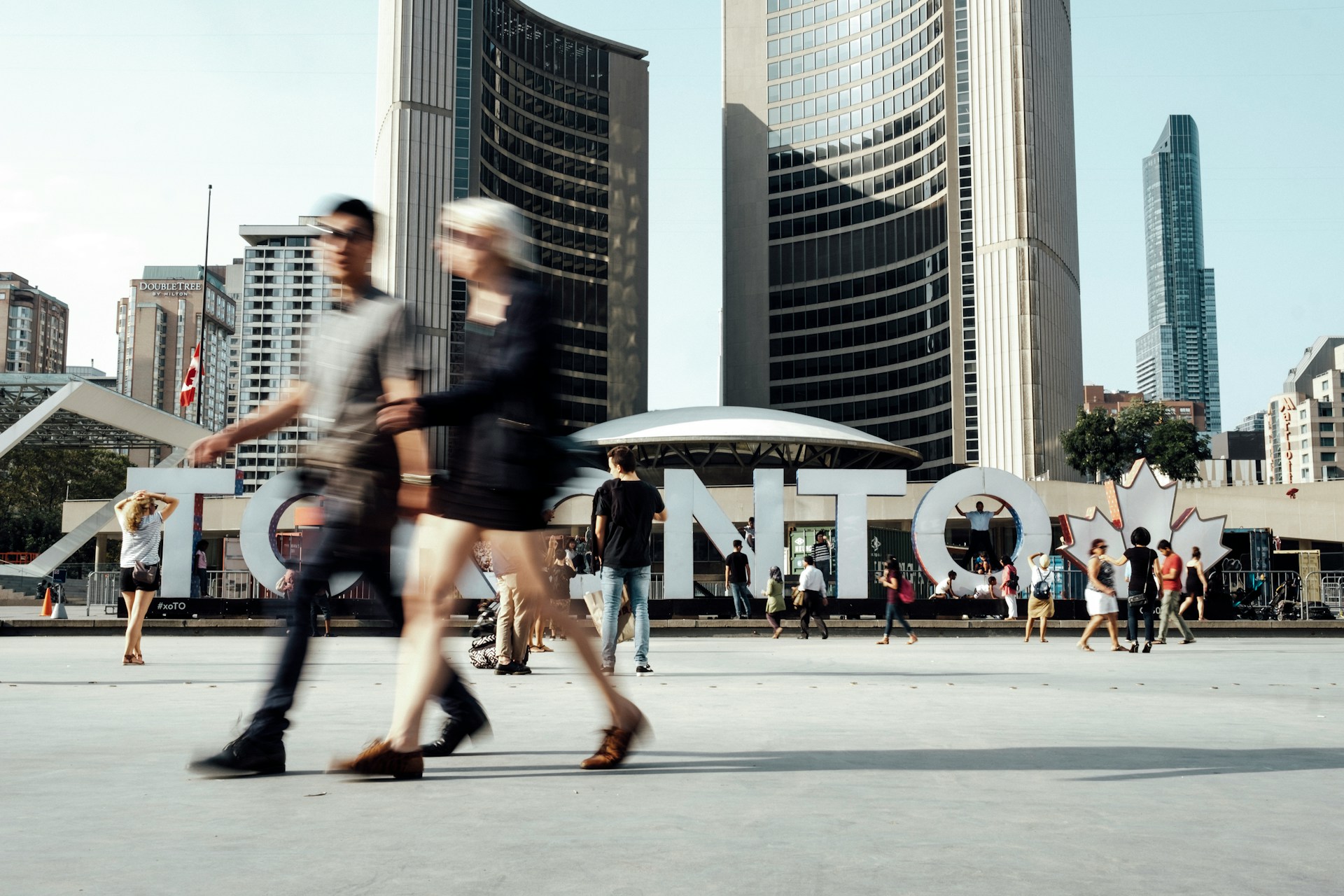Canada News
Canada’s recreation and parks sector is much more than fun and games

While not a permanent solution, the existence of parks buys time while more permanent shelter and housing options are developed. (File Photo: Dan Newman/Unsplash)
By Martin Sampson, Jacob Gorenkoff, Policy Options
A widespread lack of understanding among policymakers about the importance of recreation and parks means Canadians are not reaping the full benefits of places vital to supporting healthy, vibrant and resilient communities.
Parks are not only recreational spaces. They have a direct impact on many aspects of society, including the economy, homelessness, natural-disaster mitigation and emergency response.
Yet, these indispensable community assets and the professionals who manage them and bring them to life are often seen as non-essential luxuries.
This misunderstanding poses significant risks because it undermines the sector’s ability to effectively contribute to building complete communities, promote physical and mental well-being, and equip us to respond to crises in an increasingly complex world.
The 2024 federal budget reflects some investment for recreation and parks, but much more needs to be done to reinvigorate our recreational spaces while ensuring municipalities are prepared to respond to emergencies. The Canadian Parks and Recreation Association has five suggestions to help achieve this.
Multipurpose public spaces
Recreational infrastructure such as skating rinks, soccer fields and public pools help enrich the quality of life. They are spaces to engage in physical activity to help prevent long-term health problems. An active lifestyle also improves mental health, including reduced anxiety and depression.
Recreational assets also build community: think of seniors in their local aquafit class or parents in the stands or on the sidelines on a Saturday morning as their kids make friends on the ice or the field.
Recreation and parks play a meaningful role in advancing a range of federal and provincial public policy priorities, particularly as we address the housing crisis.
Homeless encampments have become almost commonplace in many cities. Often, they sprout up in public parks.
Courts in B.C. and Ontario have ruled that municipalities may not remove them if there is a lack of indoor shelter space available. In December 2023, the Better Living Centre in Toronto housed 300 refugees until other accommodations became available.
While not a permanent solution, the existence of parks buys time while more permanent shelter and housing options are developed.
Last year, the Canada Games Centre in Whitehorse was used on several occasions to house wildfire evacuees from Old Crow, Mayo and Yellowknife. It is reasonable to assume these types of facilities will continue to be temporarily repurposed as part of Canada’s broader emergency response strategy.
Parks are well-suited to mitigate the impact of extreme weather. Well-designed greenspaces provide drainage to prevent flooding. Trees in urban areas provide shade and lower temperatures in their immediate vicinity during heat waves.
Arenas, community centres and gymnasiums were transformed during COVID-19 into testing centres and vaccination clinics. These large spaces allowed physical distancing, making them the perfect venues to deal with this public-health emergency.
These parks and recreation spaces are pivotal in crisis preparedness and response, providing safe havens and operational bases during different types of emergencies. They play a role in reducing our climate footprint and are already demonstrating they can play a significant role in mitigating the impacts of climate change.
They also provide a public space that helps new Canadians integrate by fostering inclusive community networks.
The evolving nature of the sector places an enormous burden on recreation and parks professionals, many of whom are overwhelmed and, in some cases, traumatized after having to pivot to address crises such as wildfires, storms and homelessness encampments.
Re-creating recreation
More can be done to help the sector achieve these goals. The Canadian Parks and Recreation Association has made five recommendations to the federal government to help ensure recreation and parks facilities across the country contribute as fully as possible to the development of our communities.
Additional studies are needed to develop data on community infrastructure to better understand its impact in the context of housing development. This could be done through Infrastructure Canada’s research and knowledge initiative.
The ongoing shortage of lifeguards and swimming instructors can be addressed by enabling more work opportunities through the youth employment and skills strategy. While infrastructure investments are vital, we also need to make sure that these spaces are adequately staffed to prevent interruptions to services.
The push for faster, more nimble change in our cities
Aging and insufficient facilities call for a comprehensive process of recreational infrastructure renewal through Infrastructure Canada’s green and inclusive community buildings program. Enhanced standards such as accessibility are key to ensuring that these spaces can be used during an emergency.
Municipalities and provinces have disproportionately been forced to take on the bulk of funding for recreation and parks. Given the size of the federal budget and its more robust revenue sources, Ottawa can use its bargaining power to fund much-needed multipurpose recreational infrastructure.
Parks and recreation infrastructure and the professionals who bring it to life play a vital role in supporting sports and tourism, as well as emergency preparedness, housing and health.
Making sure they will continue to play a central and growing role requires the federal government to invest more in these assets to build a more resilient, equitable and prosperous future for our communities.
This article first appeared on Policy Options and is republished here under a Creative Commons license.





















